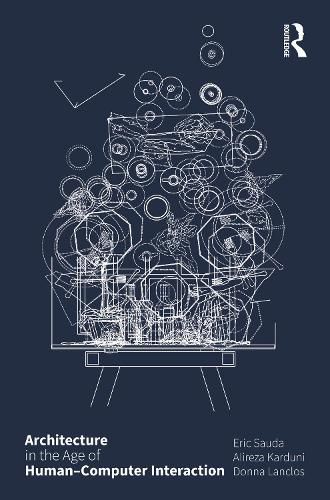Readings Newsletter
Become a Readings Member to make your shopping experience even easier.
Sign in or sign up for free!
You’re not far away from qualifying for FREE standard shipping within Australia
You’ve qualified for FREE standard shipping within Australia
The cart is loading…






This book investigates the spaces where architecture and computer science share a common set of assumptions and goals, using methods and objectives from architecture, ethnography, and human-computer interaction (HCI).
Architecture and HCI depend on and borrow from each other, and even share some vocabulary in their divergent disciplinary agendas. The authors here unpack the past, present, and potential futures of architecture and the user interface, employing the lens of ethnography and ethnographic practices to launch this exciting cross-disciplinary inquiry. The goal is the creation of an interface that is able to connect the wide range of embodied architectural space, the modes of interaction afforded by computation, and the social process of creating meaningful places.
This will be of great interest to upper-level students and academics in the fields of architecture, human-computer interaction, and ethnography.
$9.00 standard shipping within Australia
FREE standard shipping within Australia for orders over $100.00
Express & International shipping calculated at checkout
This book investigates the spaces where architecture and computer science share a common set of assumptions and goals, using methods and objectives from architecture, ethnography, and human-computer interaction (HCI).
Architecture and HCI depend on and borrow from each other, and even share some vocabulary in their divergent disciplinary agendas. The authors here unpack the past, present, and potential futures of architecture and the user interface, employing the lens of ethnography and ethnographic practices to launch this exciting cross-disciplinary inquiry. The goal is the creation of an interface that is able to connect the wide range of embodied architectural space, the modes of interaction afforded by computation, and the social process of creating meaningful places.
This will be of great interest to upper-level students and academics in the fields of architecture, human-computer interaction, and ethnography.